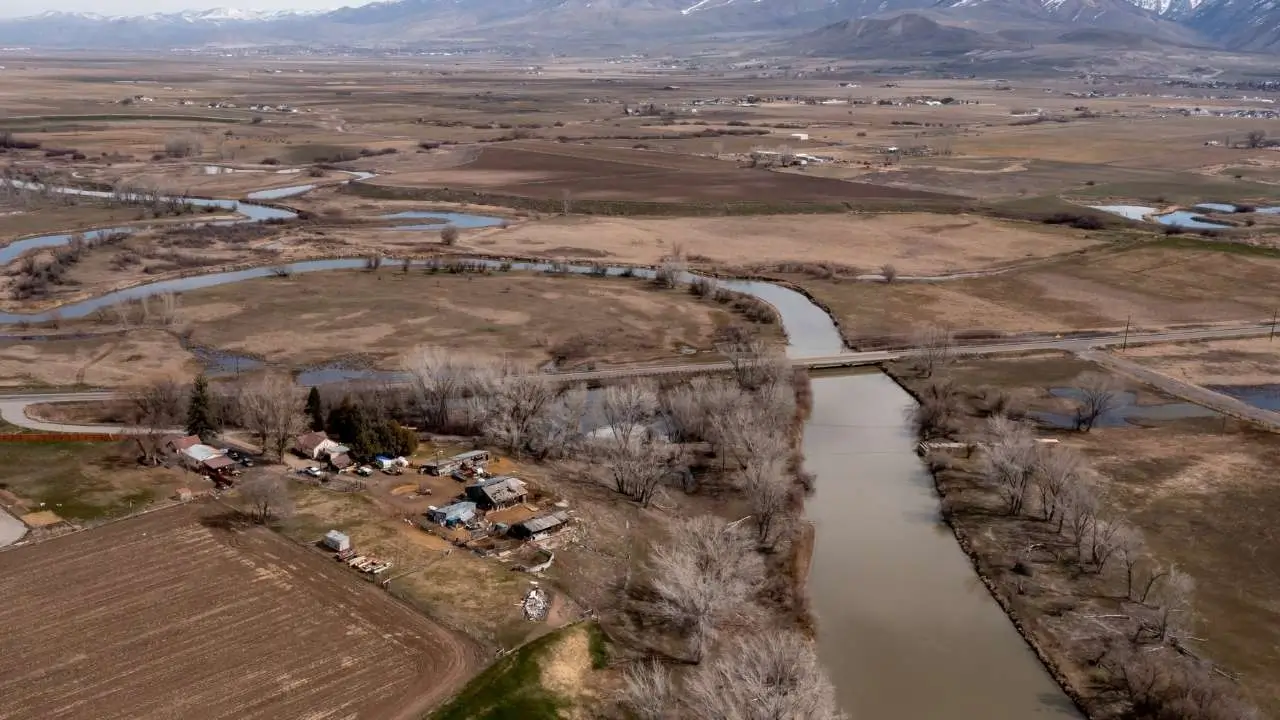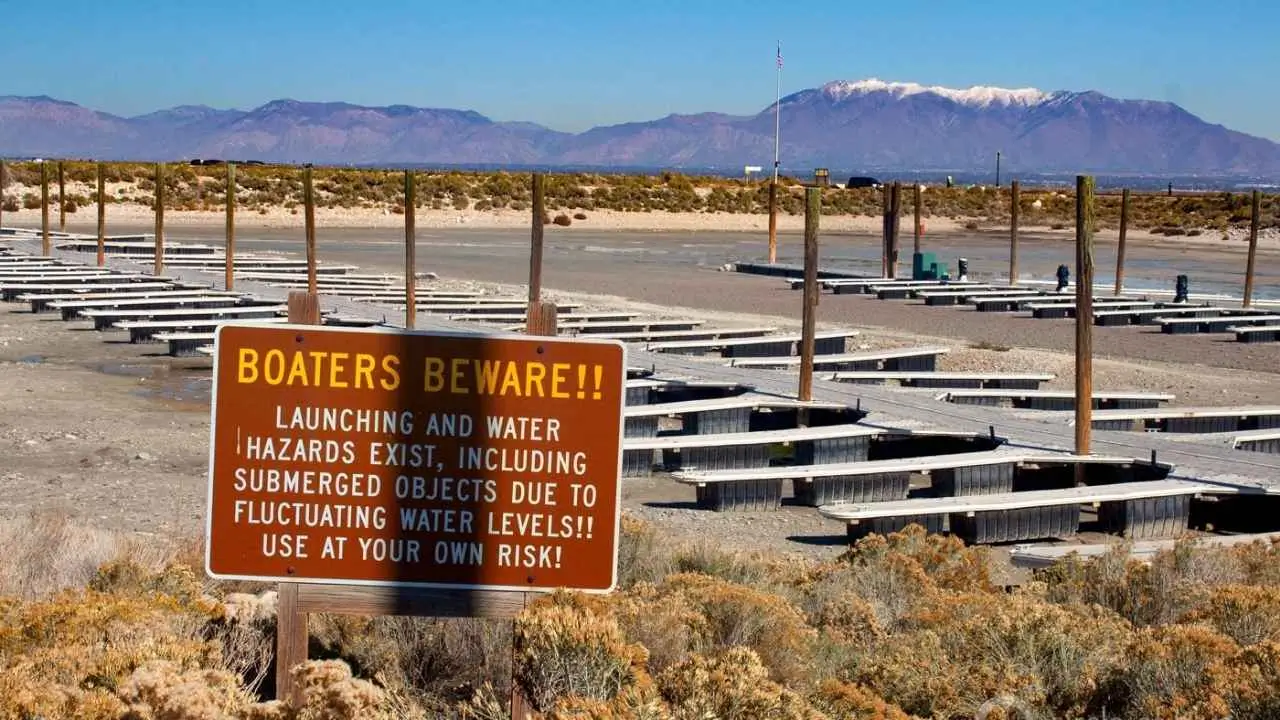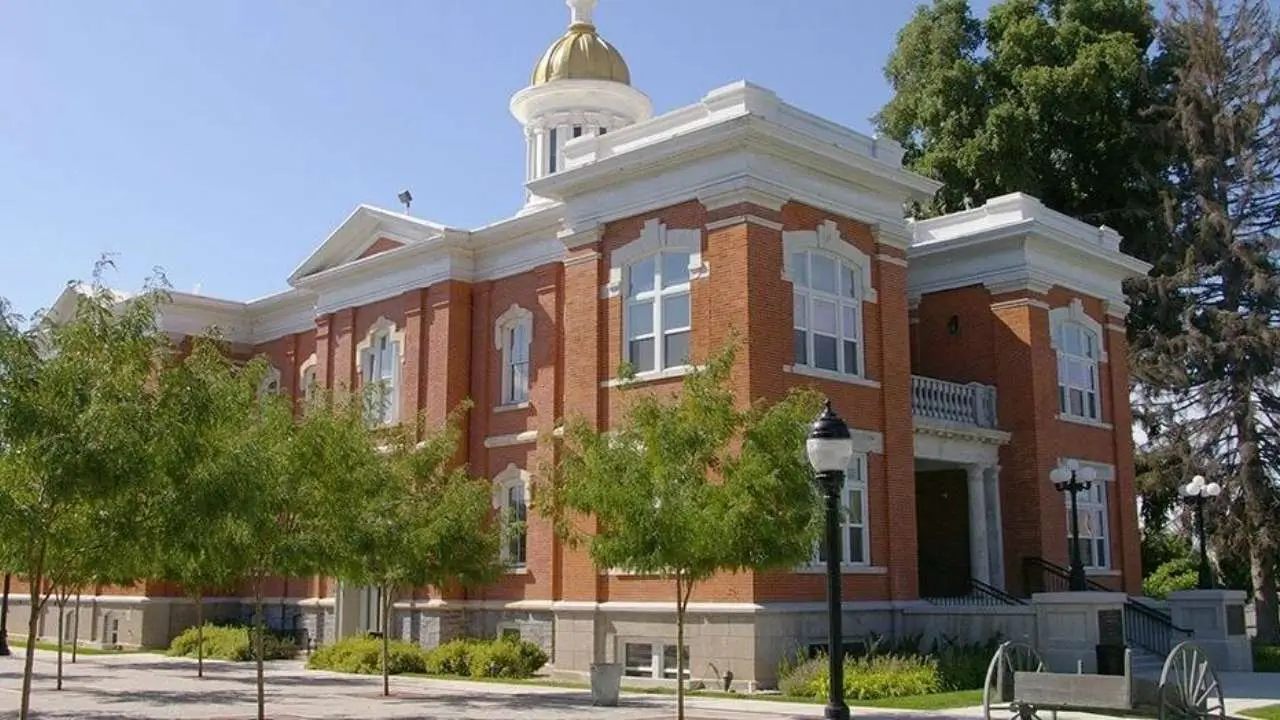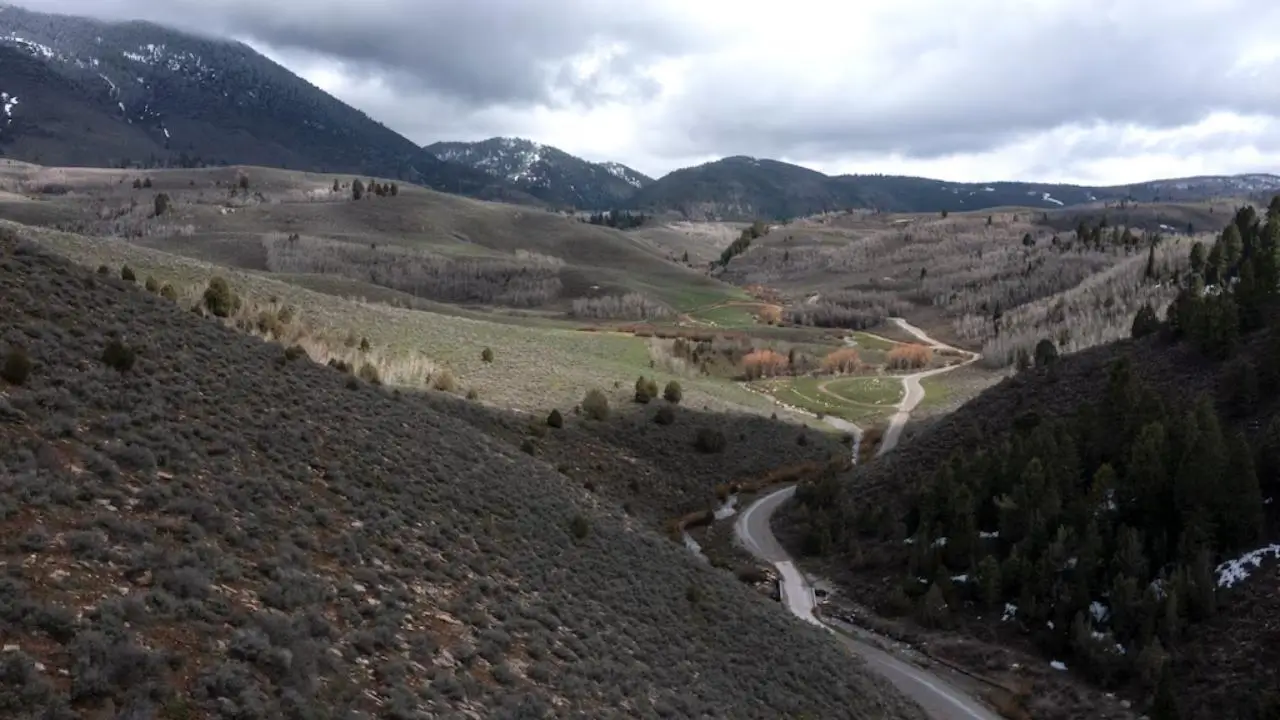Cache County residents are playing a significant role in shaping the area’s future development and transportation plans. With a population that values both its rural charm and the need for modern infrastructure, local input is becoming increasingly vital in guiding policy decisions. These community-driven efforts aim to balance growth with sustainability, addressing issues such as road maintenance, public transit, and urban expansion.
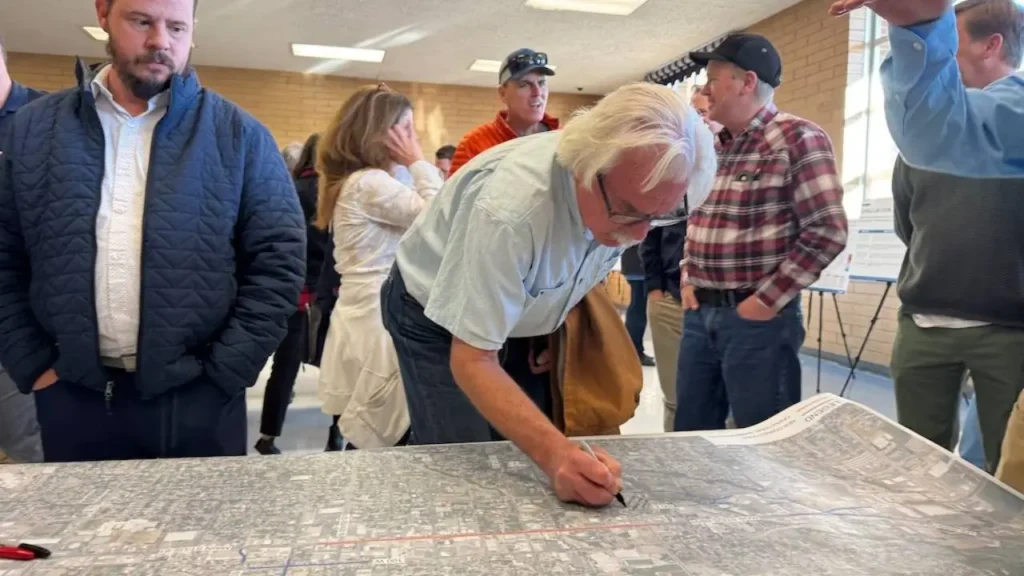
As Cache County continues to grow, its residents remain an essential voice in the decision-making process. Through ongoing public engagement, the county aims to find solutions that address housing, transportation, and environmental concerns, ensuring that growth remains manageable and sustainable. Looking ahead, residents can expect more opportunities to influence the county’s development, shaping a future that aligns with their vision for the area.
Cache County’s Growing Role in Local Development
Cache County, located in northern Utah, has seen a steady increase in its population and infrastructure demands. As more people move to the area, primarily attracted by its natural beauty and proximity to larger metropolitan areas like Salt Lake City, local officials are working hard to ensure the region’s development remains sustainable.
Cache County’s population has grown by 12% over the past decade. With this increase, the need for new housing, businesses, and improved transportation systems has become more pronounced. However, as much as development is essential, it’s also crucial that it preserves the county’s rural character and natural landscapes.
“We want development that works for everyone — our growing population, long-time residents, and future generations,” said Laura Jensen, a senior planner at Cache County’s Planning Department. “Community engagement is key in balancing growth with the values our residents hold dear.”
This balance has become a key focus of local officials as they work to integrate input from residents into the county’s development plans. While urbanization is inevitable, Cache County’s unique rural identity remains a priority for many who call the area home.
Public Input: A Central Element in Planning
One of the primary ways Cache County officials ensure that development meets the needs of residents is through public input. Local forums, surveys, and town hall meetings are held regularly, allowing residents to voice their opinions on everything from new housing projects to public transit systems.
Recent feedback has highlighted a desire for more pedestrian-friendly developments, better road maintenance, and improved public transportation options. With nearly 70% of residents actively participating in surveys and planning meetings, their opinions are shaping the direction of the county’s growth.
Many residents advocate for mixed-use developments that blend residential, commercial, and recreational spaces, providing a holistic approach to urbanization that still maintains green areas and local culture. This vision contrasts with traditional suburban sprawl, emphasizing community-oriented spaces instead of sprawling, isolated developments.
“We need growth that supports our community but doesn’t detract from what makes Cache County special,” said Jim Cartwright, a longtime resident and local advocate for responsible development. “More people are coming here, and we need to build smarter, not bigger.”
These types of community consultations are key in shaping Cache County’s future. Residents’ concerns and aspirations are taken seriously, ensuring that the planning process remains democratic and reflective of the community’s needs.
For experts like Dr. Thomas Harris, a professor of urban planning at Utah State University, the trends in public input are clear. “The residents’ focus on walkable communities and connectivity is consistent with broader regional trends,” Harris said. “The challenge lies in ensuring that urbanization doesn’t diminish the area’s rural charm.”
Transportation: Meeting the Demands of a Growing Population
A key focus of Cache County’s development plans is improving transportation infrastructure. As the county’s population increases, the pressure on existing roads, highways, and public transit systems is intensifying. Local officials are considering various options, including expanded bus routes, improved roadways, and possibly even new transit hubs to accommodate the growing demand.
In response to increasing congestion on major roads, Cache County is exploring ways to improve transportation networks, including increasing the frequency of bus routes, adding more bike lanes, and expanding carpooling programs. These measures are aimed at easing traffic and reducing the environmental impact of the county’s growing population.
Improving roads is also a priority. Cache County is undertaking several major projects to widen existing routes and add new lanes in key areas. These projects are designed to reduce traffic congestion during peak hours and improve safety for drivers and pedestrians alike. The county’s transportation department is working closely with state agencies to secure funding for these initiatives, ensuring that development proceeds at a manageable pace.
“While road expansion is necessary, we are also exploring greener alternatives,” said Mark Davis, Cache County’s Transportation Director. “Expanding public transit options and improving bike lanes are important in reducing traffic congestion and minimizing our environmental impact.”
In 2023, Cache County initiated a $3.5 million road improvement project aimed at enhancing safety and flow on critical routes. A key aspect of this project is upgrading the infrastructure along main thoroughfares, which will serve the increasing number of residents and tourists visiting the area. A more interconnected and accessible transportation network is seen as vital to maintaining the region’s economic growth while improving residents’ quality of life.
Housing and Development: Planning for Growth
Housing remains one of the most pressing concerns for residents and local planners alike. With rising demand for both single-family homes and rental properties, the county is facing challenges in meeting housing needs without overcrowding or overburdening infrastructure.
The housing crisis in Cache County has sparked extensive debate. While the county aims to add over 2,000 housing units by 2027, some residents worry that this development will lead to overcrowding and strain the region’s already limited resources. Planners are keen to ensure that these new housing units will align with the community’s values, particularly when it comes to environmental sustainability, affordable living, and ensuring equitable access to services.
The county is increasingly focused on promoting mixed-use developments that combine residential, retail, and recreational spaces. This model aims to reduce the need for long commutes, encourage local businesses, and foster a stronger sense of community. At the same time, efforts are being made to ensure that the new housing remains affordable for people of all income levels, particularly the younger generation struggling to find housing.
“We are looking at a blend of affordable housing and high-quality developments,” said Samantha White, a community advocate for affordable housing. “It’s essential that growth doesn’t lead to the displacement of longtime residents or reduce the quality of life for everyone.”
The county’s housing strategy also includes addressing homelessness and providing safe, affordable housing for the most vulnerable residents. Ensuring that future development aligns with these goals is crucial in maintaining a diverse and inclusive community.
The Future of Water Supply in Cache County: How New Developments Are Impacting Resources
Challenges Ahead: Balancing Growth with Sustainability
Despite the significant progress in planning, Cache County faces several challenges as it moves forward with its development plans. Chief among them is the balance between accommodating new residents and preserving the natural resources that make the county so appealing in the first place.
As urbanization continues, environmental sustainability has become a central issue. Protecting Cache County’s natural beauty — including its parks, waterways, and open spaces — is vital to maintaining the region’s quality of life. This includes protecting the county’s agricultural lands, which contribute to both the economy and the community’s cultural identity.
“The issue isn’t just about growth; it’s about how we grow,” said Timothy King, a local environmental activist. “We need development that works in harmony with nature, not against it.”
Cache County is looking into sustainable building practices, stricter zoning laws for environmental protection, and initiatives to reduce energy consumption in new developments. Additionally, efforts to expand renewable energy sources, such as solar panels on new buildings, are underway. These measures are seen as crucial steps in maintaining the county’s commitment to environmental stewardship while allowing for continued growth.




